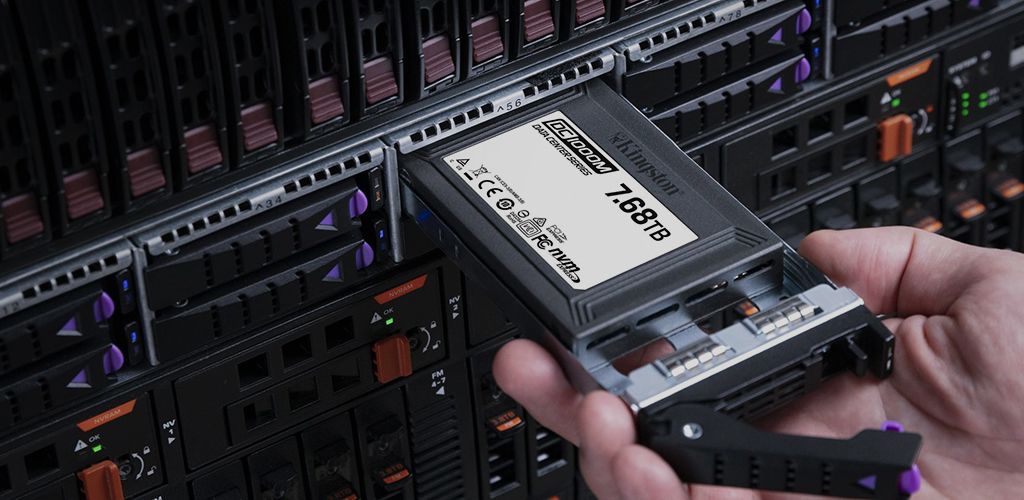
HDD VS sSD
Hard disk drives (HDDs) have been the go-to storage technology for decades, both on personal computers and on servers. However, solid state drives (SSDs) have grown in popularity in recent years, and for good reason. SSDs provide numerous advantages over traditional storage mediums, propelling them to the forefront of the storage industry. And the pace of innovation shows no signs of slowing.
v-nAND aND NAND
The most significant SSD innovation in the last decade has been V-NAND. SSDs with cells stacked vertically not only had much higher storage density, but also lower power consumption while increasing performance.
NAND flash’s main advantage is its versatility, which is why it can be found in everything from USB flash drives to smartphones to SSDs. In addition, unlike traditional HDDs, which require a specific configuration of platters and reading heads, flash drives come in a variety of shapes and sizes.
SSDs Market Expansion
Higher capacity SSDs are likely to become more popular in the near future. Technologies such as V-NAND will continue to accelerate market acceptance of higher SSD densities. Further technological advancements will significantly increase SSD capacities, as well as their performance and reliability.
Add to that the fact that the cost per gigabyte for SSDs is constantly falling when compared to traditional hard drives. It will continue to fall as the adoption rate and market share of SSDs increases in the near future.
Continuously Improving Interface
The most recent advancement in PCIe SSDs is the use of the non-volatile memory host controller interface specification (NVMe). NVMe is a high-speed storage communications protocol that runs on top of PCIe. It enables hardware and the next generation of compute-intensive applications to fully utilize the performance of SSDs.
The BGA (Ball Grid Array) SSD, which is approximately 100 times smaller than a 2.5″ SSD, is one of the most significant innovations in the SSD form-factor.
The stamp-sized BGA devices are soldered directly to the motherboard. In fact, because they cannot be removed, BGA devices use their small size to compensate for the loss of future upgrade opportunities. Because of their small size, they are ideal for ultra-portable devices.
References:
https://www.techradar.com/news/heres-what-an-ssd-in-2025-could-look-like
https://media.kingston.com/kingston/promos/ktc-articles-should-i-make-the-switch-to-nvme-md.jpg
